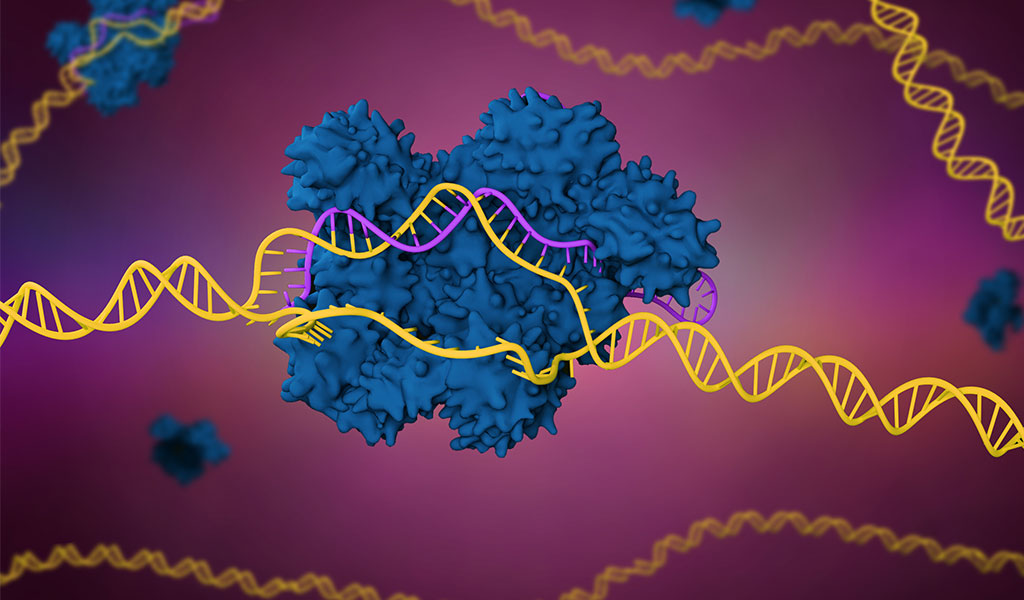Last week, in sequential hearings, two of the Broad Institute’s CRISPR/Cas9 Patents went under the hammer of one of the EPO’s Opposition Divisions. On 14th February 2019, the European Patent Office Revoked EP2784162. On 15th February 2019, the European Patent Office maintained EP2896697 albeit with a significantly narrowed scope.
The two patent applications that were the subject of last week’s sequential hearings are both divisional applications of EP2771468 which was revoked in January 2018 and is currently under Appeal at the EPO.
The two sequential hearings were consolidated with respect to the assessment of the right to claim priority.
In a decision that stands in line with decades of consistent EPO case law, practice and jurisprudence, and also in line with the decision issued in proceedings against the parent patent, EP2771468, the Opposition Division held that the right to claim priority to at least four of the priority applications was invalid.
Once the decision was announced, the respective hearings were continued separately, the first of which focussed on EP2784162 and the second of which focussed on EP2896697.
After one-and-a-half days of debate in relation to several Auxiliary Requests put forward by the Broad Institute, on 14 February 2019 the Opposition Division announced its decision to revoke EP2784162.
On 15th February 2019, the focus shifted to EP2896697 and after a full day of debate, the Opposition Division announced its decision to maintain EP2896697 on the basis of Auxiliary Request 6g, one of 36 Auxiliary Requests filed by the Broad Institute.
Claim 1 of Auxiliary Request 6g reads as follows:
An engineered, non-naturally occurring Clustered Regularly Interspersed Short Palindromic Repeats (CRISPR)-CRISPR associated (Cas) (CRISPR-Cas) vector system comprising one or more vectors comprising:
- a) a first regulatory element operably linked to a nucleotide sequence encoding a CRISPR-Cas system polynucleotide sequence comprising a guide sequence, a tracr RNA, and a tracr mate sequence, wherein the guide sequence hybridizes with a target sequence in a polynucleotide locus in a eukaryotic cell,
- b) a second regulatory element operably linked to a nucleotide sequence encoding a Type II Cas9 protein,
- c) a recombination template
wherein components (a), (b) and (c) are located on same or different vectors of the system,
wherein the system further comprises one or more nuclear localization signal(s) (NLS(s)) expressed with the nucleotide sequence encoding the Cas9 protein,
whereby the guide sequence targets polynucleotide locus in a eukaryotic cell and the Cas9 protein cleaves the polynucleotide locus, whereby the sequence of the polynucleotide locus is modified, wherein the Cas9 protein is a Streptococcus pyogenes protein wherein said CRISPR-Cas system polynucleotide sequence is encoded by a nucleotide sequence selected from:
(1) NNNNNNNNNNNNNNNNNNNNGTATTAGAGCTAGAAATAGCAAGTTAATATAAGGCTAGTCCGTTATCAACTTGAAAAAGTGGCACCGAGTCGGTGCTTTTTTT
(2) NNNNNNNNNNNNNNNNNNNNGTATTAGAGCTATGCTGTATTGGAAACAATACAGCATAGCAAGTTAATATAAGGCTAGTCCGTTATCAACTTGAAAAAGTGGCACCGAGTCGGTGCTTTTTTT
Schlich represented Opponent 3 in proceedings against EP2784162 and Opponent 6 in proceedings against EP2896697.
Share this article
Our news articles are for general information only. They should not be considered specific legal advice, which is available on request.









